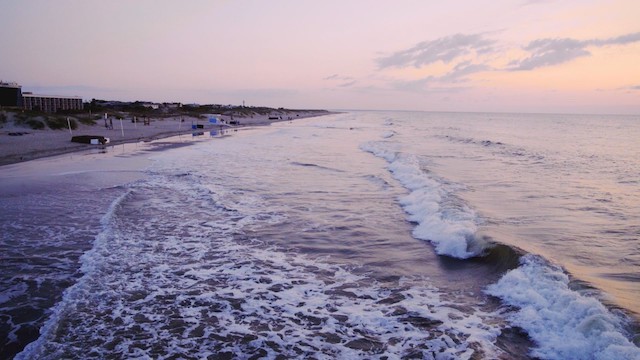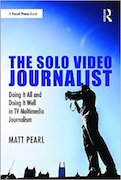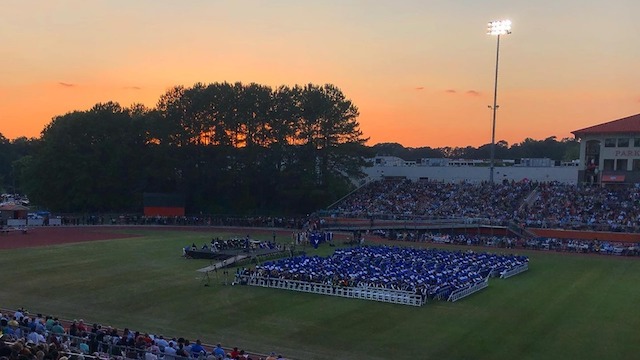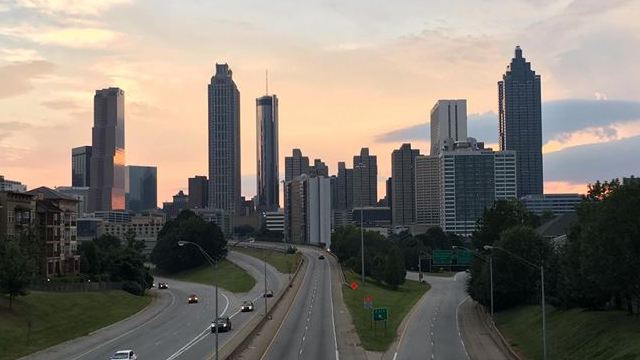Late last month, after the first round of Democratic debates devoted just ten minutes to climate change, former NBC & PBS reporter John Larson posted the following in a Facebook group of his peers:
“Is there a Climate discussion in your newsroom? In Broadcast we excel at Breaking News. We’re poor with huge stories that evolve… slowly. … Will anyone bring it up in your next morning meeting? Or better, explore ways to tell the stories? If not, how about you?”
From my desk, I nodded hard. And I couldn’t wait to share what I had brewing.
A few months earlier, I had shared similar frustrations with my news director. “I want to do a special on climate change,” I told her, but I wanted to maneuver around all the pitfalls that keep us in local news from tackling the topic.
It’s too toxic.
It’s too political.
It’s too daunting.
It’s too depressing.
The challenge was laid: how do we cover this subject – among the most important facing our planet – in a way that breaks through the noise and informs our audience?
Here’s what we came up with:
This past Monday, we launched PLAN G, a 20-minute documentary that will run as a half-hour special in our Friday and evening newscasts. Each night in our newscasts, we tell the story of a different Georgian uniquely affecting – or affected by – the changes to our climate. I shot and edited the entire special myself – with the exception of my opening standup – and worked with a graphic artist and digital specialist to handle the overall look and online rollout, respectively.
Mostly, I spoke often with producers and managers about how to attack this subject. We came up with a few foundations:
Dig deep for background. Before I shot a frame of video, I logged at least a dozen conversations with leaders and experts in our state. I learned of tremendous resources that approached the subject in an objective way. I built a compendium of potential storylines before deciding which to make my focus.
Let people tell their stories. Except for my opening standup – and the occasional questions to my interview subjects – I kept my voice out of it. I spoke with people of different backgrounds, life experiences, and even different views about climate change. I spent days with each. I wanted to allow them to speak for themselves – at least, as much within reason, since I still edited hours of footage per person into roughly 4-5 minutes each.
Don’t try to cover every inch. There are so many fascinating stories about Georgians in the center of the climate conversation. Even with 20 minutes of real estate, I knew I couldn’t possibly cover them all. I focused on four and tried to select people who could provide a wide array of perspectives.
Swing for the fences, but don’t be afraid to fail. In some ways, I’m a glutton for punishment. I find subjects that are taboo, that don’t have the sexiest headlines, that don’t get automatic clicks. I feel a journalistic responsibility to cover stories that matter, and I take on the uphill climb of presenting them in a way that will resonate.
In this case, I’m still not totally sure if it worked.
The night the special launched, it received tepid response. Our rollout began slowly, and we waited to reach out to the communities and groups we thought would gravitate to it. But even as we struggle to amplify its reach, I’m glad we took on the task.
As John Larson said, “We’re poor with huge stories that evolve … slowly.” But we can’t abstain from the responsibility.
We must continue to embrace it.
The Solo Video Journalist is available for purchase. You can find it on Amazon, Barnes & Noble, and the publisher’s web site.
Matt Pearl is the author of the Telling the Story blog and podcast. Feel free to comment below or e-mail Matt at matt@tellingthestoryblog.com. You can also follow Matt on Facebook and Twitter.



